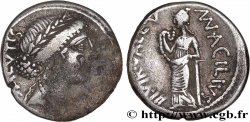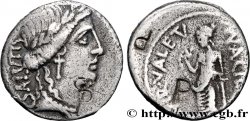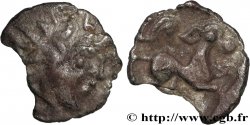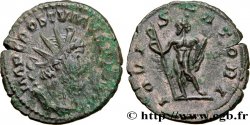brm_271736 - ACILIA Denier
недоступный.
Товар уже продан в нашем интернет-магазине (2014)
Цена: : 150.00 €
Товар уже продан в нашем интернет-магазине (2014)
Цена: : 150.00 €
Тип Denier
Дата: 49 AC.
Монетный двор / Город: Grèce ou Illyrie
Металл: silver
Проба: 950 ‰
Диаметр: 18,00 mm
Ориентация осей монеты: 6 h.
Вес: 3,98 g.
Редкость: R1
Комментарии о состоянии
Exemplaire sur un petit flan ovale, bien centré des deux côtés. Beau portrait de Salus avec une faiblesse de frappe dans la chevelure. Très joli revers de style fin. Belle patine de collection ancienne avec des reflets dorés
Ссылки в каталоге: :
Происхождение:
Cet exemplaire provient de MONNAIES IX, n° 161 et de la collection D. C
Лицевая сторона
Аверс: легенда: SALVTIS.
Аверс: описание: Tête de Salus (la Santé) laurée à droite.
Аверс: перевод: “Salutis”, (de la Santé).
Обратная сторона
Реверс: легенда: (MN) ACILIVS/ III VIR VALE(TV).
Реверс: Описание: Valetudo (la Santé) debout à gauche, appuyée sur une colonne de la main gauche et tenant un serpent de la main droite.
Реверс: перевод: “Manius Acilius Triumviri Valetudinis”, (Manius Acilius triumvir monétaire Valetudo).
Комментарий
Pour ce type, M. Crawford a relevé une estimation de 651 coins de droit et de 723 coins de revers ce qui pourrait correspondre à une fabrication totale comprise entre un million et demi et trois millions de deniers. C’est l’un des types monétaires qui permit de financer le parti sénatorial au début de l’année 49 avant J.-C. quand ce dernier rejoignit Pompée qui avait quitté Rome. Les auteurs du Catàlogo ont différencié trois variétés dont la nôtre qui semble la plus rare avec le mot SALVTIS qui remonte vers le haut derrière la tête.
For this type, Mr. Crawford noted an estimate of 651 obverse dies and 723 reverse dies, which could correspond to a total production of between one and a half and three million denarii. This is one of the monetary types that allowed the financing of the senatorial party at the beginning of 49 BC when the latter joined Pompey who had left Rome. The authors of the Catàlogo have differentiated three varieties, including ours, which seems to be the rarest, with the word SALVTIS rising upwards behind the head.
For this type, Mr. Crawford noted an estimate of 651 obverse dies and 723 reverse dies, which could correspond to a total production of between one and a half and three million denarii. This is one of the monetary types that allowed the financing of the senatorial party at the beginning of 49 BC when the latter joined Pompey who had left Rome. The authors of the Catàlogo have differentiated three varieties, including ours, which seems to be the rarest, with the word SALVTIS rising upwards behind the head.







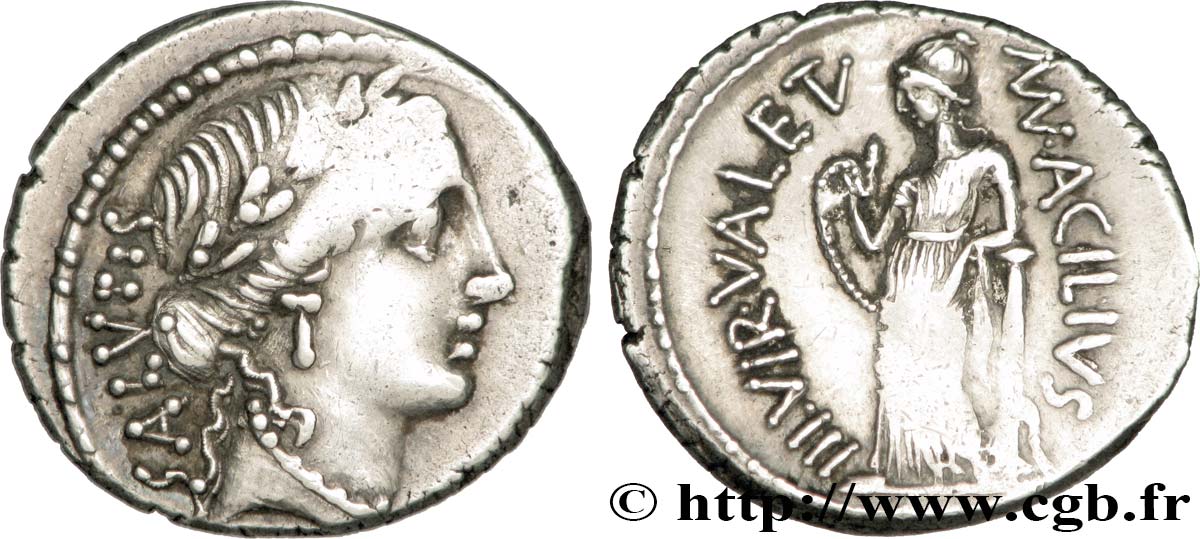
 Cообщить об ошибке
Cообщить об ошибке Распечатать страницу
Распечатать страницу Отправить мой выбор
Отправить мой выбор Задать вопрос
Задать вопрос Consign / sell
Consign / sell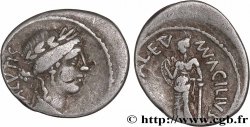
 Информация
Информация
